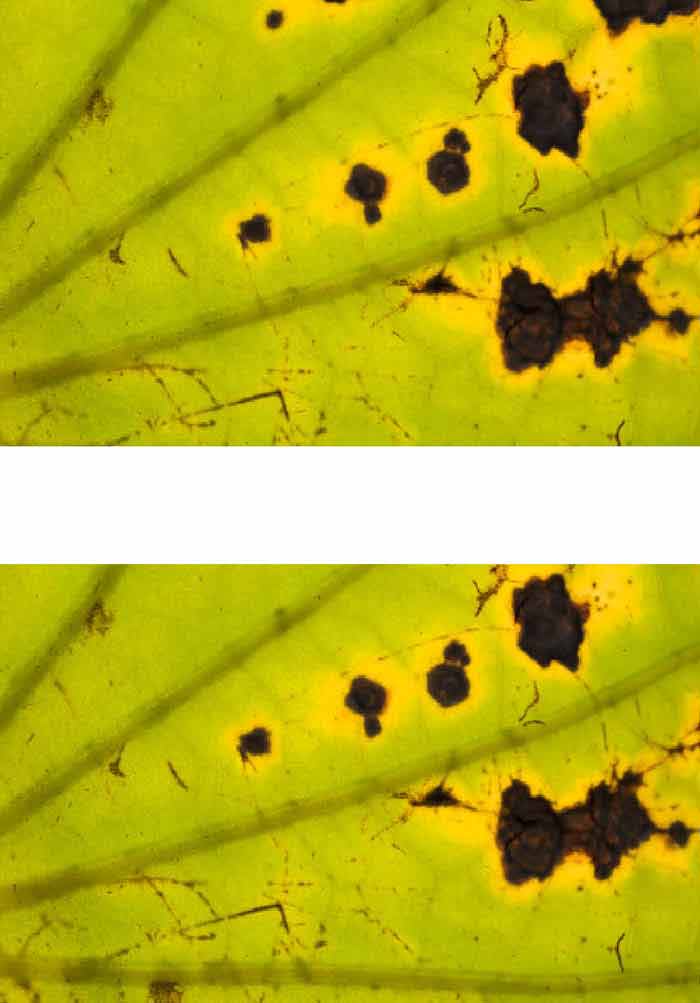Intercropping oil palm during its immature stage with food crops is usually blamed for its negative impact on the growth and future yields of palms. Agro-industries unanimously condemn such practice. For smallholders on the contrary, intercropping presents numerous advantages as it not only covers the weeding cost but also provides food and revenue while waiting for the palms to come into production. While such trade-off may be of little interest to an agro-industry, it appears as determining for many smallholders. The study was carried out in seven communities in the Bamuso Sub-division of the South-West Region of Cameroon and seeks to understand how smallholder oil palm farmers (small, medium and large scale) use the intercropping technique during the early stages of oil palm development as a means to improve on their livelihood. Results indicated that, a mean annual wage of 705,000 FCFA (€1075) was obtained per hectare per household for smallholders practicing intercropping. In addition to income gained, intercropping significantly reduced the cost of weeding. The study therefore, suggests the need for pre-emptive measures—such as food crop choice, planting density amongst others—to be taken into consideration when intercropping annual food crops with oil palm so as not to jeopardize the yield of oil palm at production stage. The finding is of significance for sustainable agriculture in that intercropping encourages poverty reduction for marginalized people especially women with no access to land, maximises land use by farmers, food security in households, stability in yield and profit in smallholders' oil palm plantations.
Download:
DOI:
https://doi.org/10.1007/s10457-015-9873-z
Score Altmetric:
Dimensions Nombre de citations:




















